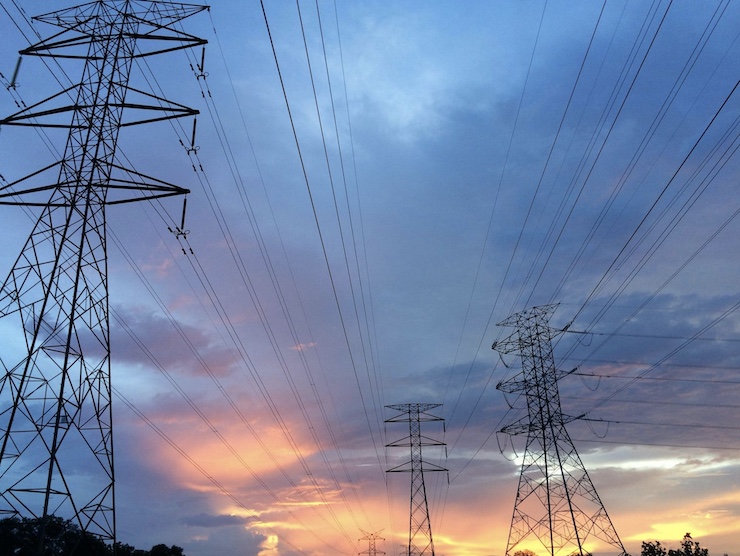Power Companies Use Drones to Spot Problems Before Outages Happen

Over 3,000 investor-owned, publicly owned, cooperative, and federal utility companies supply about 4 trillion kilowatt-hours (kWh) of electricity to customers throughout the United States each year. These utility companies manage an estimated 240,000 to 600,000 miles of high-voltage transmission lines and 5 to 6 million miles of distribution lines to ensure power is safely and reliably delivered. Vigilant maintenance of these lines is critical to prevent possible wildfires and ensure the nation has the power it needs to function daily.
Data shows that the average U.S. customer experiences 1 to 2 power outages per year, totaling 5 to 6 hours of downtime annually. In the event of a major storm or wildfire, outages can last anywhere from 8 hours to several weeks or months. Additionally, rural regions and communities with older infrastructure tend to experience more frequent and prolonged outages than average. To address this, power companies constantly inspect their grids.
Traditionally, power companies have relied on manual, ground-based inspections and helicopter flyovers to monitor power lines and prevent outages. Crews travel by foot or vehicle along utility corridors to visually examine poles, wires, and equipment for signs of wear, vegetation overgrowth, or storm damage. In hard-to-reach areas, helicopters scan large sections of transmission lines from the air, often using cameras or infrared sensors. While effective, these methods can be time-consuming, costly, and limited by terrain, weather, or safety concerns.
In 2015, early in the drone revolution, Allentown, PA utility company PPL Electric Utilities launched the first Federal Aviation Administration (FAA)-approved trial of using drones to inspect power lines. “The drones, equipped with a 4K camera and 16x optical zoom,” a PPL representative stated after trialing the program, “can capture subtle faults on equipment and data for post-flight analysis.” Piloted remotely or flying pre-programmed routes, these drones can access hard-to-reach areas quickly and safely, providing utilities with real-time visual inspections without the need for costly helicopter flights or ground crews. The drone data can help identify issues like damaged wires, corroded equipment, or vegetation encroachment more effectively than a crew member working manually.
Drones enable faster detection of potential problems, helping prevent outages and improve maintenance efficiency. As the technology has advanced, the range of use cases for drone power line inspection has increased. In 2018, Minneapolis, MN-based power company Xcel Energy was granted permission by the FAA to test using drones Beyond Visual Line Of Sight (BVLOS) for line inspections. “Xcel Energy is honored to be the first utility to conduct flights that will enhance grid reliability and safety for our employees and the public,” said Ben Fowke, Chairman, President, and CEO of Xcel Energy about the landmark BVLOS waiver.
The efforts made by PPL and Xcel, both large companies providing power to millions of customers, helped pave the way for drone use in the utilities industry. Today, using drones to inspect power lines is common, even for smaller power companies like Vermont Electric Cooperative (VEC), based in Johnson, VT. VEC, an electric co-op, is owned and governed by the very members it serves, meaning each customer has an equal voice, regardless of how much electricity they use. Run by volunteer members, VEC provides electricity to about 34,000 members living in rural northern Vermont.
In March 2025, VEC held an innovation webinar on the benefits of drones for its members to vote on whether to invest in the technology. The idea was highly approved, and the company partnered with Firmatek, a local drone service provider, to begin testing the program. “At VEC, we leverage technology to improve the efficiency and safety of our operations, especially when it comes to ensuring the lights stay on,” the company stated on their website announcing the program launch. “We are excited to begin integrating the use of drones into our utility operations.”
Both Xcel and VEC notified customers that they would be conducting regular drone inspections throughout the summer. They assured customers and members that the drones would only collect data on power lines, emphasizing that privacy and safety are of utmost concern. Whether serving a small community or millions of customers, utilities of all sizes are embracing drones for power line inspections, making this technology the future standard for safer, more efficient energy delivery.
|